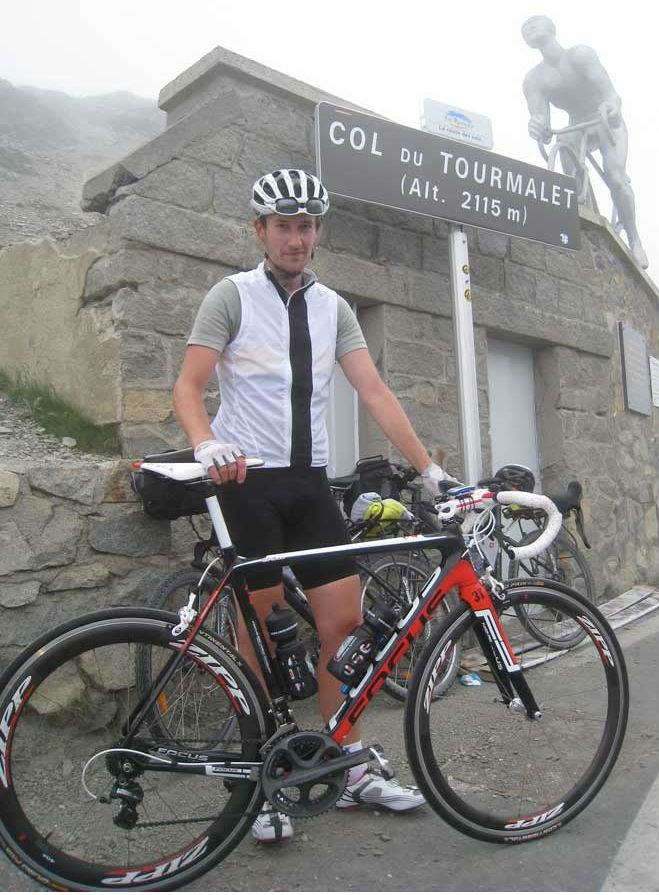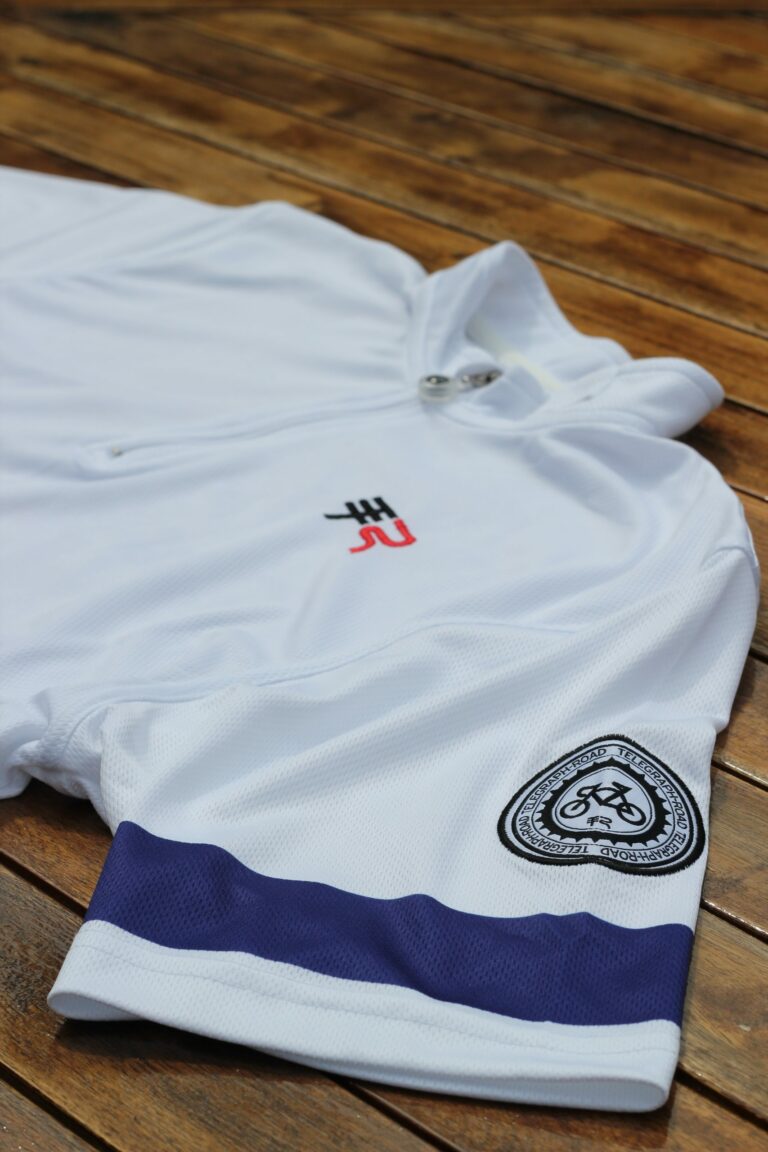The Col du Tourmalet is a mighty climb, a sheer 20km ascent into the heavens that will see this year’s Tour de France finally come alive as the battle for the GC ignites on stage 12.
For any cyclist worth his salt, a pilgrimage to the Pyrenees is essential, and should include the fearsome ascent of the Tourmalet. It was first included in the Tour way back on 1910, and since then has featured as a regular highlight of any route that passes within sniffing distance.
Last year David did just that, heading south through France to ride the Col du Tourmalet. Here we look back on his experience of tackling Tourmalet:
After what was meant to be an easy introduction to the Pyrenees on day one (err, yeah right), day two was about one thing and one thing only: the Col du Tourmalet.
This mountain climb is the reason our trip was planned in the first place. We wanted to ride one of the most fearsome climbs in the Pyrenees and one that the 2010 Tour de France will feature twice, in celebration of the 100th anniversary of the first time the climb was included in the great race.
In that first inclusion of the Tourmalet, the riders rode a staggering 289km stage from Perpignan to Luchon. Over coffee and croissants for breakfast, we settled on a far more modest route. A few gentle kilometres to spin the legs out and a gentle climb over the Col d’Aspin, am enjoyable 1490m climb, before we stopped briefly at the t-junction at the foot of the Col du Tourmalet.
We topped our bottles up at the conveniently placed drinking fountain, emptied the bladders and rolled past the first of many signs indicating what the next kilometre entailed. We knew roughly what lay ahead, a 19km ribbon of Tarmac which everybody who we had told we were riding warned us of the extreme suffering the Tourmalet inflicts on those brave enough to tackle it.
The first few kilometres are enjoyable enough, almost lulling you into a false sense of security. But the gradient soon increases dramatically and never backs off at all. It’s steep and steep all the way to the summit, and nowhere does the gradient relax enough to afford a brief respite from the pain of pedalling.
On this day the weather didn’t follow the script. It’s probably an awe-inspiring ascent under blue skies and with the sun on your back, but due to that low cloud cover which I mentioned earlier, visibility was shockingly low from about 10km from the summit. It got colder and colder the higher we climbed, and visibility got less and less, down to a measly 10m nearer the top.
Riding through large clouds of my own exhaled breath, beads of water clinging to every hair on my arms and streams of sweat pouring off my face, the going was incredibly tough. There were few other cyclists riding up, but a lot of motor traffic, many perhaps wisely choosing to recce from the comfort of the car in such appalling weather.
It’s not hard to see why the Tourmalet has the reputation it has, and why the Tour organisers originally chose to feature this climb. It’s hard to ignore, towering out of the surrounding mountain range with dominant force. The upper slopes are prime for some attacking from pure climbs, Contador, Schleck for example, which should please the hundreds of French and Spanish motor homes already line the roadside many hours and days before the race reaches it. There’s nowhere to hide on the upper slopes, the gradient will expose any weaknesses in your form, in your preparation. I feel sorry for the sprinters who’ll have to drag their fast twitch legs up the climb.
Getting to the top is worth the pain. A fantastic little café bedecked with cycling memorabilia, including original 1908 bicycles and posters depicting famous race scenes played out on the Tourmalet over the past century, and most importantly serving cracking hot food and cake. Outside, there’s a statue of Octave Lapize, in front of which there was literally a crowd of cyclists and other tourists queuing to get their photos taken in front of.
Suitably fed but still cold, we dropped back down the same way we had previously climbed. And this proved just as tricky as the ascent.
Bitterly cold and increasingly soaked through from the moisture in the air, and our jerseys still saturated from the climb up, the roads slick with water, it was anything but enjoyable. I found it thoroughly miserable, and it was a relief to drop below the cloud cover and be able to see further than a few metres and feel the temperature increase and the feeling return to my fingers and legs.
Afterwards, we chose a small route that would take us north and loop around to where the car was parked. This included a rolling, and in places steep, ride through some of the most beautiful countryside we had yet experienced on this tour. Remote quiet narrow country lanes, no motor vehicles and no other cyclists was quiet a contrast to the mayhem that was the Tourmalet.


